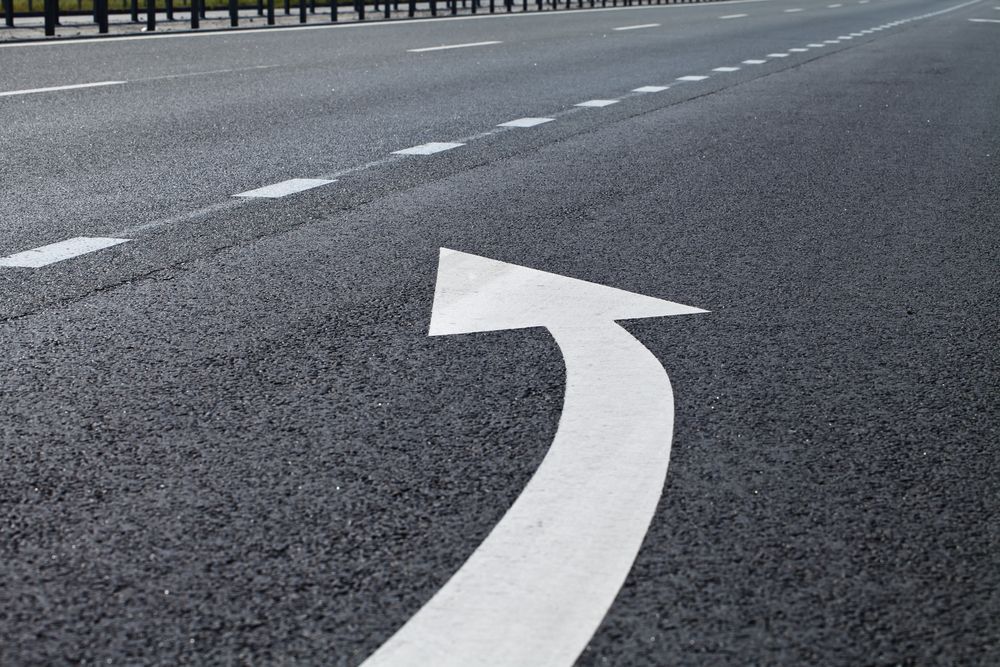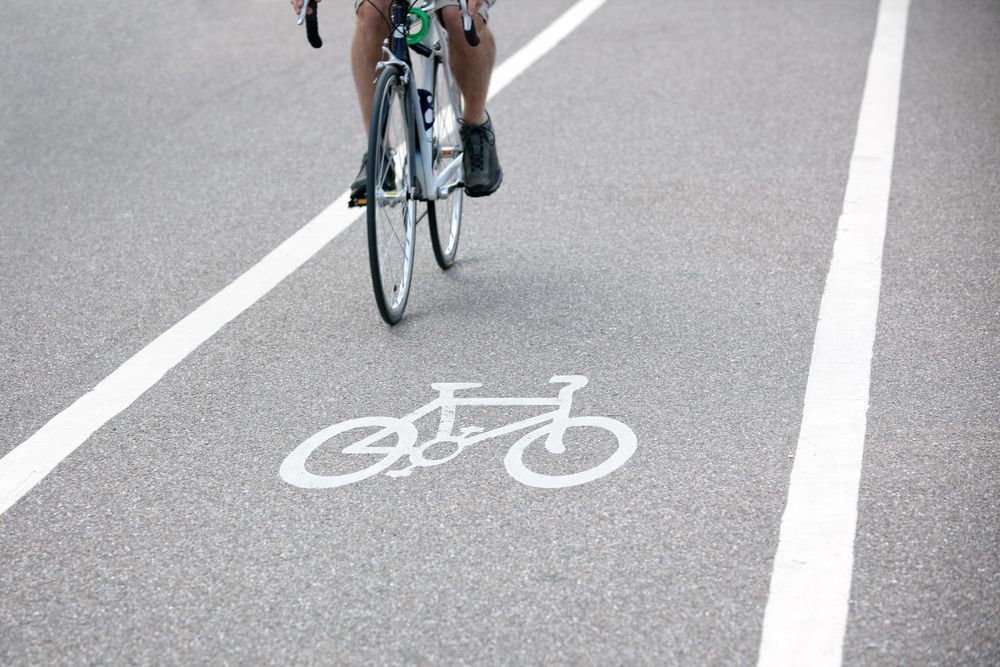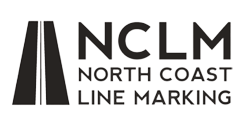North Coast Line Marking
Road Line Marking in Northern Rivers
- 24/7 Availability
- Free Quotes
- OH&S Compliant
Request a Call Back
Contact Us
Thank you for contacting North Coast Line Marking.
We will get back to you as soon as possible.
Please try again later.
Northern Rivers Road Line Marking
Clear, consistent road markings are essential for keeping people safe, traffic flowing and infrastructure compliant. At North Coast Line Marking, we provide high-visibility road line marking solutions across the Northern Rivers and South East Queensland regions. Whether it’s a local street, private roadway or high-traffic intersection, we bring precision, durability and compliance to every job.
Our team uses quality thermoplastic and paint-based applications, reflective elements and anti-slip features to ensure every line performs day and night, rain or shine. We work closely with councils, contractors and developers to meet regulations and complete projects efficiently.
If you need road line marking that holds up under pressure, we’re the team to call. Contact us today on
0406 785 219 to get started.
Precision Marking for Safer Roads
At North Coast Line Marking, we understand that precision and durability are critical for any roadway—whether it’s a residential street, rural access road or high-traffic arterial route. Every project starts with detailed planning and site preparation to ensure markings are fully compliant with local council and state guidelines. This means factoring in visibility, traffic flow, safety zones, and surface conditions before a single line is laid.
From edge lines and centre lines to bike lanes, speed zones and intersection layouts, we’ve got your road marking needs covered. Our team uses high-performance materials and the latest application methods to deliver sharp, long-lasting results that can withstand heavy traffic and harsh weather. We also support upgrades and maintenance projects with complete line removal and re-marking services, and raised reflective markers for added visibility.
Our road line marking services include:
- Centre lines, edge lines and lane dividers
- Bicycle lanes and shared path markings
- School zones, pedestrian crossings and speed advisories
- Roundabout and intersection layouts
- Reflective raised pavement marker installation
- Surface preparation and line removal
With 24/7 availability and the ability to work around live traffic or construction schedules, we keep your project moving with minimal disruption.
Reach out today and let’s make your roadways safer, clearer and built to last.
What are the different types of road line markings in Australia?
Road line markings in Australia are regulated to improve safety, control traffic flow, and communicate road rules to drivers. The most common types include continuous lines, broken lines, double lines, and painted arrows. Each serves a specific purpose—for example, a single continuous white line means no lane changing, while broken lines indicate it’s safe to change lanes when clear. Double lines (either solid or a combination of solid and broken) often indicate more restrictive rules, such as overtaking zones.
Additional markings include pedestrian crossings, give way triangles, stop lines, bicycle lanes, and chevron markings for merging areas. These markings must comply with standards outlined in the Manual of Uniform Traffic Control Devices (MUTCD) and other state-specific regulations.
How long does road line marking last?
The lifespan of road line marking varies depending on the material used, traffic levels, climate, and maintenance. Waterborne or solvent-based road paints typically last between 6 months to 2 years in standard conditions, while thermoplastic line markings can last 3 to 5 years or longer. High-traffic roads or areas exposed to heavy weather, such as rain and direct sunlight, may require more frequent repainting.
Reflective elements like glass beads may wear faster in busy intersections or highway zones, and these components can be refreshed independently. Regular inspections help ensure markings remain visible and compliant with safety standards.
What materials are used for road line marking?
The most common materials used for road line marking are water-based or solvent-based paints, thermoplastics, cold-applied plastics (CAP), and preformed thermoplastic sheets. Water-based paint is cost-effective and fast-drying, ideal for short-term or low-traffic applications. Thermoplastic is highly durable and suitable for high-use areas like intersections and arterial roads; it’s applied hot and includes reflective beads for visibility.
Cold-applied plastics are used for specialised markings and are known for their chemical resistance and flexibility. Each material is chosen based on surface type, expected traffic volume, climate conditions and longevity requirements.





